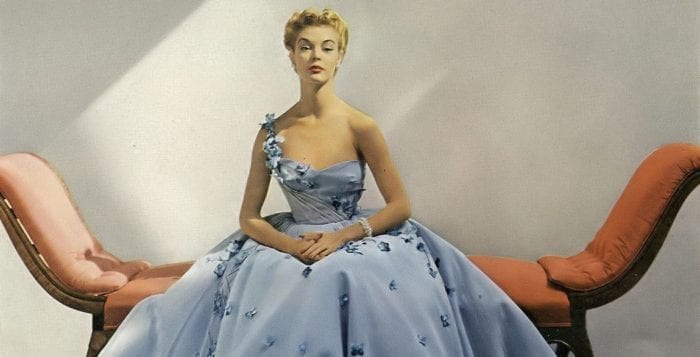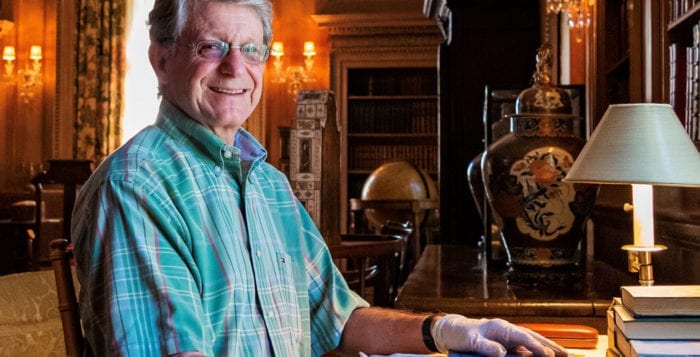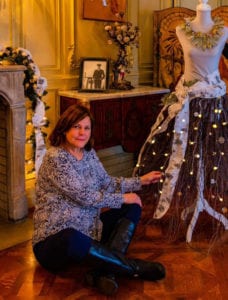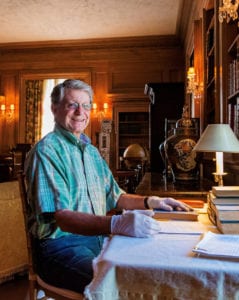Reviewed by Jeffrey Sanzel
Christopher McKittrick’s Can’t Give It Away on Seventh Avenue, subtitled The Rolling Stones and New York City, is an engaging exploration of the connection between the iconic rock band and the city that embraced it like no other.

McKittrick wisely begins by putting into historical context the decaying New York City of the early 1960s to give a clear backdrop of the world into which the band entered. In the early part of the decade, English rock ‘n’ roll bands were rarely globe spanning. The Rolling Stones, the Beatles and a small handful of others would change this.
Any chronicle of the Rolling Stones touches upon a comparison with the Beatles both in style and popularity. McKittrick gives an insightful perspective of the more wholesome and instantly popular Beatles with the rawness of the Rolling Stones, whose first journey to America, while successful, was by no means the lighting bolt of the rival group.
In a short time, the Rolling Stones would become synonymous with some of the most infamous stories of decadence. They would continue to reinvent themselves over the coming decades, become symbols of both extreme behavior and the power of marketing. The band will forever be connected to the “bad boy” image. “If your parents didn’t like the Beatles, they really wouldn’t like the Rolling Stones.”
The book describes raucous early performances, including borderline rioting at Carnegie Hall, heralding the insanity that would follow them. There is a detailed account of the Oct. 25, 1964, appearance on “The Ed Sullivan Show.” The word “pandemonium” could easily have been invented to describe the wake that followed the Stones.
McKittrick wends his way through the band’s tours across the country, providing a wealth of details that chronicle its meteoric rise. The book has been meticulous researched: Concerts are dissected, comparing set lists even within the same tour; albums scrutinized; venues described and contrasted; recording sessions reported. Fans will be fascinated by the depth that the author provides in his look at “The World’s Greatest Rock ‘n’ Roll Band.”
 The book picks up with the band when it is first establishing itself. We are treated to the intrigue, the late night clubs, the relationships and marriages, the celebrities (everyone from Andy Warhol to Bill Clinton), hotel destructions and, of course, the drugs. The Rolling Stones are almost a history of the changing drug use and drug culture in the 20th century. Wild parties, addictions, police raids and arrests, stints in rehab and recovery were a never-ending cycle.
The book picks up with the band when it is first establishing itself. We are treated to the intrigue, the late night clubs, the relationships and marriages, the celebrities (everyone from Andy Warhol to Bill Clinton), hotel destructions and, of course, the drugs. The Rolling Stones are almost a history of the changing drug use and drug culture in the 20th century. Wild parties, addictions, police raids and arrests, stints in rehab and recovery were a never-ending cycle.
At the heart is the conflict between Mick Jagger and Keith Richards, a connection that constantly imploded and exploded for 50 years. These two megastars (with equally mega-egos) would battle and make up endlessly over five decades.
Throughout the book, McKittrick continually returns to New York City. He mines the Rolling Stones’ lyrics, finding dozens of direct references to New York. There are thumbnail histories of Shea Stadium, Carnegie Hall and other stages where the band played as well as multiple appearances on “Saturday Night Live,” the most New York of New York television shows.
As New York changes, so does the band. The dark and dangerous “Fun City” of the 1970s gives way to the superficial and capitalist ’80s, turning finally into the sanitized, Disney-fied 1990s and beyond. NYC’s fiscal struggles and strikes, its pop culture events, and its shining moments are all presented in the context of the Rolling Stones’ history.
Eventually, like New York City, the band transitioned to survive — they chose a “corporate face-lift.” The Steel Wheels Tour of 1989-90 represented the band as “a cultural product. The rock ‘n’ roll hell raisers had become an institution. Much like the Some Girls song anticipated, the Stones had become ‘Respectable.’”
After half a century, the long-standing appeal of the Rolling Stones is summed up by Jim Farber in the Daily News: “However corporate the Stones’ sponsorship, domesticated their fans, and predictable their repertoire, the essence of the band still thrives whenever Keith Richard flicks his riffs, Charlie Watts slaps the snare drum, and Mick Jagger swaggers through the blues.”
McKittrick’s book is not so much a dual history but a striking investigation of a cultural phenomenon reflected in one of the greatest cities in the world.
Published through Post Hill Press, Can’t Give It Away is available at www.posthillpress.com, www.amazon.com and www.barnesandnoble.com.

![Cant Give it Away_cover_v2.3[1]](https://tbrnewsmedia.com/wp-content/uploads/2019/07/Cant-Give-it-Away_cover_v2.31-e1564167504488-700x357.jpg)




























